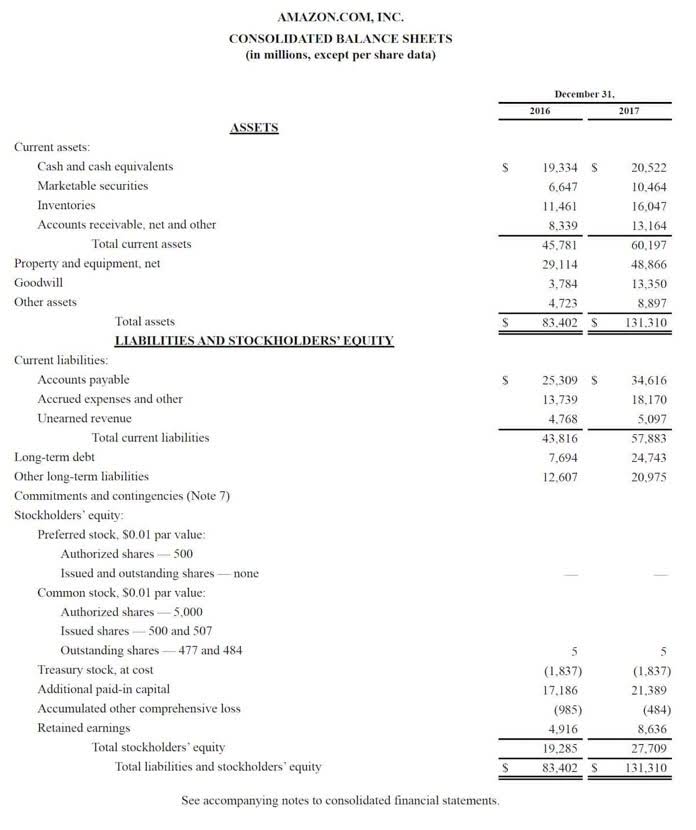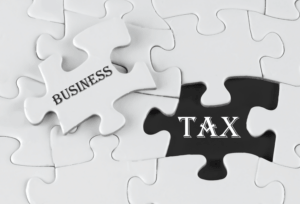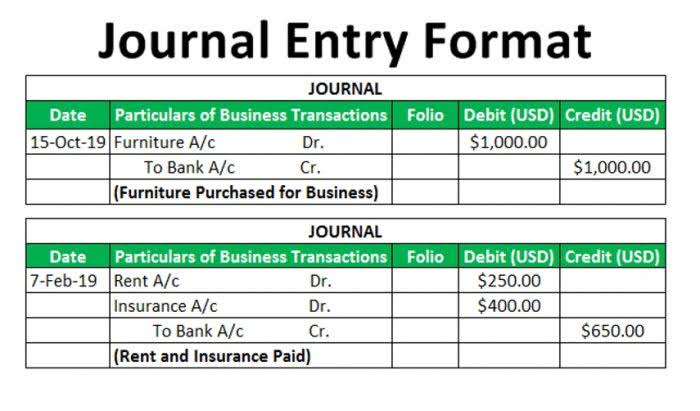
Statutory accounts meet legal requirements and provide a standardized view of a company’s financial performance to external stakeholders. They adhere to accounting standards such as IFRS or Generally Accepted Accounting Principles (GAAP) to ensure consistency and comparability across reporting entities. This standardization is crucial for regulatory compliance and helps stakeholders understand a company’s financial position. Statutory accounts are essential for businesses, providing financial information that meets legal requirements and offering transparency to stakeholders like investors, creditors, and regulatory bodies. Understanding how statutory accounts differ from other financial reports and how they should be prepared according to specific business structures is crucial for maintaining credibility in financial reporting.

Risk Exposure Reports
- The same holds true in other countries, as European authorities and Asia-Pacific (APAC) nations have their own requirements and regulations that must be followed.
- However, amendments to a live legacy trade must be reported within two business days, which may present logistical issues for firms.
- Cloud-based solutions, automation tools, and outsourcing services have made it easier for companies to manage their reporting requirements without sacrificing accuracy or timeliness.
- This form is used by auditors in California to prepare and submit their findings and recommendations.
- Failure to adhere to regulatory requirements can result in fines, legal action, or the revocation of operational licenses.
- India’s regulatory landscape includes several major bodies responsible for overseeing various sectors and industries.
- These time-consuming processes for integrating data can create delays in reporting and impact decision-making.
Maintaining meticulous statutory and regulatory reporting records is essential to distinguish personal transactions from business ones. The income statement, or profit and loss account, details the company’s revenues, expenses, and profits over a financial period. Analyzing trends in revenue growth and expense management helps stakeholders gauge performance and make informed decisions. For instance, a consistent increase in net profit margin may indicate effective cost control and revenue strategies. Manual data handling along with outdated and decentralized data models across systems, departments, and geographies may lead to reporting errors, increased discrepancies, and inefficiencies.
How Technology Affects Regulatory Reporting

Usually, these include income and sales tax reports, but may https://www.americandreams.it/multi-step-income-statement-financial-accounting/ also include withholding tax reports that detail data on taxes withheld from employees’ salaries. A key factor is the ability of a technology solution to integrate with your existing systems. This allows you to use current data sets without manually entering data into multiple platforms. It also ensures that changes in one system update across all related documents, reducing errors from manual input or outdated information. By choosing the right tools, organisations can cut costs, improve accuracy, and comply with local laws. Start by identifying the laws and regulations that mandate statutory reporting in your area.
Tax & accounting community
- This process is crucial for multinational corporations as it involves preparing and submitting financial statements to meet legal requirements in different jurisdictions.
- Submit the prepared reports to the appropriate government agencies or regulatory bodies within the deadlines.
- It entails providing important stakeholders, including external auditors, regulatory authorities, and investors, with reports and records that are legally necessary.
- Non-compliance can tarnish an organisation’s reputation, eroding trust among customers, investors, and partners.
- Partnerships file an annual information return using Form 1065, which reports income, deductions, gains, and losses.
- It is all too easy for an incorrect version of a document to replace the so-called official spreadsheet, and errors to become cemented into the financial record.
- Individual partners report their share of the partnership’s income on their personal tax returns, aligning with their specific tax obligations.
This unique capability allows financial and reporting professionals to view reconciled, report-read data, and the status of such data validation in the financial closing process. This also includes the ability to view tasks and data at the corporate reporting and legal entity level, which is required to facilitate statutory reporting requirements. Additionally, by tying statutory activities to Cadency’s System of Controls™ (SOC) and Cadency’s System of Accounting Intelligence™ (SOAI), the most complete confidence is gained downstream to the reporting process. From here, the preparation and review of statutory accounts is completed to provide statutory audit support. Once these steps are complete, the preparation and filing of financial statements and all required documents with statutory agencies, per the applicable filing deadline dates, can be Bookkeeping vs. Accounting completed.

What Is Statutory Reporting? A Clear Definition

We’ll continue to adapt the code as the rules evolve in future, which means DRR users can seamlessly and efficiently implement any updates. This form is used for reporting instances of non-compliance in the state of New Jersey. There are 13 boxes (or fields) which need to entered for the purpose of submission of GST Return. For those companies which have adopted accounting software, these data can be easily extracted from the system. Depending on the degree and nature of non-compliance, organizations may face fines, penalties, or in some serious cases even lose their trade licences. The type of regulatory reports is different across industries, however, there are some common categories of regulatory reports that are used in most industries.
